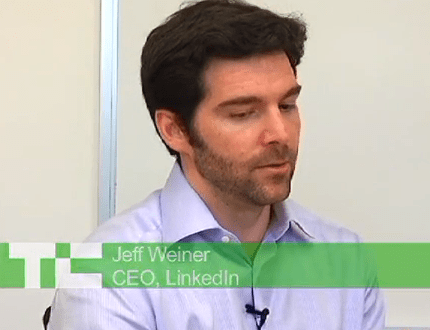A few weeks ago I was meeting with Peter Thiel and that pesky question of whether we’re in a bubble or not came up. In a debate both sides are getting bored with, Thiel made a point I hadn’t heard: That LinkedIn’s IPO wasn’t some Netscape moment that opened the markets up for everyone else. In fact, he argued, it was the opposite.
LinkedIn showed that you can have a compelling IPO and get an insanely high P/E if you’re a 10-year-old, profitable company, growing revenues at more than 100% a year that can command a $5 billion-plus valuation. That, he argued, is what the market wants right now, and those companies are in short supply.
More to the point, those kinds of IPOs couldn’t be farther from the historical Silicon Valley playbook. Most of the great tech companies went public at valuations well under $1 billion, and had their biggest innovations after they’d priced. LinkedIn’s IPO isn’t a harbinger of the good ol’ days. Rather, it showed how dramatically different the relationship between Wall Street and the Valley has become since the last good ol’ days.
In our final segment with LinkedIn CEO Jeff Weiner I asked him his view on what his company just did for Silicon Valley: Open the markets or close them for all but the big five or so private giants? We also talk about that valuation. He wouldn’t answer whether the company was actually worth $10 billion, but he did share his thoughts on using that — let’s just say generous— price-to-earnings ratio as a currency for more acquisitions.
I began by asking what he learned from his time as a senior executive for Yahoo– decidedly not the Valley darling for some time– that prepared him for his new Wall Street duties as CEO of LinkedIn. (For the first segment on LinkedIn’s earnings go here; for the second segment on its user growth and Weiner’s experience in the IPO media firestorm go here.)
